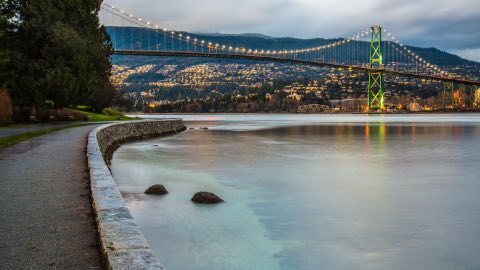
The City of Vancouver, BC is introducing 50km (~31 miles) of “slow streets” as part of its plan to re-purpose road space in response to COVID-19. Slow streets prioritize walking and cycling to make it easier for people to exercise and access businesses in their local neighborhood. The city is also working to expedite the permitting process for outdoor patios and restaurants.
“We know that physical distancing will be in place for some time,” says Lon LaClaire, General Manager of the City’s Engineering Services. “As we move through the pandemic and into a phased recovery, more space will be needed to ensure people can safely do the things they need to do like exercising and travelling to work. We also want to help people return to some of the things they really enjoy doing, like eating at a favourite restaurant, picking up items from local businesses or connecting with friends outdoors. We will work closely with businesses and community partners to address needs for space while also ensuring our streets and public spaces remain safe and accessible.”
The slow streets are being installed on a temporary basis over the next two months using construction-style barriers and “local traffic only” signs designed to create routes for cyclists, pedestrians and neighborhood traffic.
To help support a safe recovery process and advance the City’s goals for streets and public spaces, the City will create more space through the following tools:
- room to move – re-purposing parking space and travel lanes to support physical distancing and important travel connections, and by turning select residential streets into “slow streets” creating space for foot and bicycle traffic;
- room to line up – widening sidewalks for lining up at businesses by re-purposing curb lanes; and,
- room to load – creating short-term loading/pick-up zones near businesses with high turnover and increased curbside needs.
Initial slow street locations were planned along residential streets based on several factors: traffic volumes, signal crossings, and access to green space, nearby parks and community amenities.